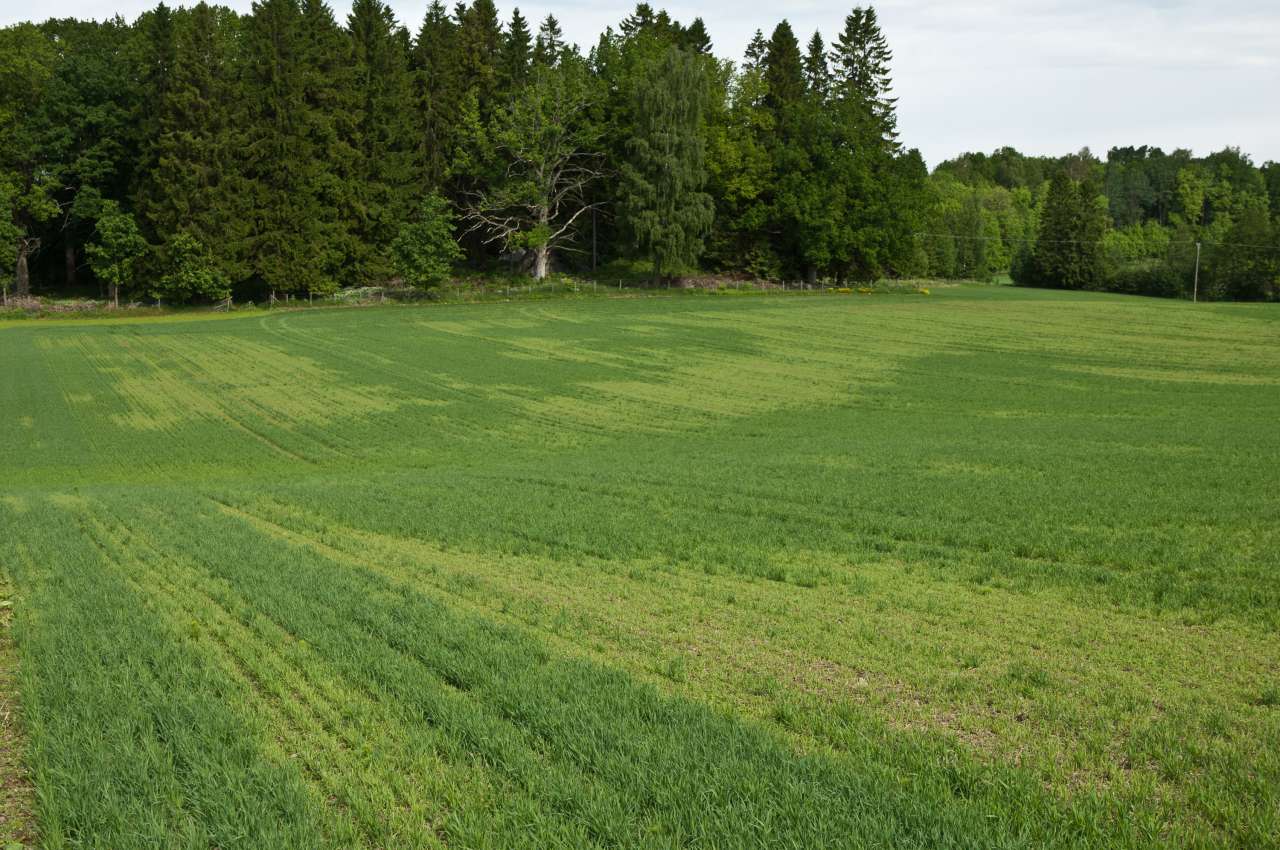Small roundworms cause expensive damage

Photo: Erling Fløistad
Norwegian grain farmers today lose large amounts of money because of a small roundworm that damages the roots and weakens the plants. Better knowledge of the symptoms and awareness concerning the choice of grains can help reduce attacks.
Heterodera are small nematodes (roundworms) that damage the roots of grain crops and other grass species. These small freeloaders are found in all grain districts in Norway - from Agder to Nordland.
In recent years there has been an increase in the damage caused by Heterodera in oats, wheat, barley and winter rye. Norwegian grain farmers today lose large amounts because of Heterodera. Infection leads to a reduction of about 100 kilograms of grain per decare. Nationwide, the annual revenue loss will be more than 100 million Norwegian crowns.
Heterodera attacks show up as spots on short plants in the field. This is most visible in oats. The symptoms can be confused with nutrient deficiency and adverse pH. An indirect symptom of nematode attack can be that the field contains an abnormal amount of weeds. In oats, the leaves of affected plants often have a reddish colour. In barley, the leaves are often yellow, while the root system has less apparent damage. On the leaves of wheat, nematode attack can give a reddish yellow colour, and the roots become very narrow with branches.
Increased insight and knowledge of these roundworms are necessary if we are to have a profitable grain production in Norway. Nematode attacks cannot be fought with spraying. All measures that give the plants better growing conditions can reduce crop losses somewhat, but not entirely.
Research at NIBIO shows that crop rotation is one of the most effective methods to combat Heterodera. Resistant grain varieties can also be used, but to choose the right cultivar, it is important to know which nematode types are found in the soil.
